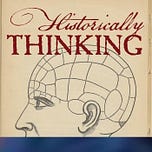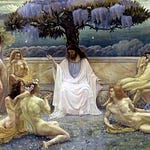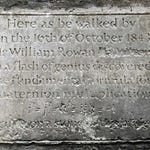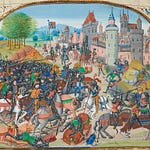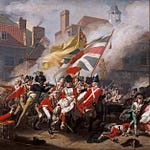Originally published on May 27, 2024 (Episode 361)
Introduction
Books have been made for over 530 years. That is, they have been created from raw materials—sometimes lovingly, sometimes not—printed, bound, and sold, only then to be read.
When we think only of what is written in books, we ignore much of the history of the book itself. So ubiquitous is the book, so commonplace, that we often neglect it both as a brilliant technology and as an art form—the product of multiple technologies layered together.
Adam Smyth tells this story by focusing on the individuals who created the aspects of the book that we now take for granted. It is a history of the physical printed book for a world that is increasingly online—a world where, curiously enough, the sale of ebooks is down while that of printed books is up.
About the Guest
Adam Smyth is Professor of English Literature and the History of the Book at Balliol College, University of Oxford, and a member of 39 Steps Press, “a small and unusual printing collective” housed in an old stable in Elsfield, Oxfordshire. His most recent book is The Book Makers: A History of the Book in 18 Lives (Basic Books, 2024), which is the subject of our conversation today.
For Further Investigation
An introduction to Baskerville’s typographical art via A Type Supreme — complete with that irresistible, glorious uppercase Q
Related Episodes
Martin Clagget, partly on Birmingham in the eighteenth century
Kelsey Jackson-Williams, member of the Pathfoot Press at Stirling
💬 Listen & Discuss
What’s your favorite book-as-object—the one you love not only for its content but for its smell, paper, type, or binding? Share in the comments (bonus points if it’s not a Kindle). And share the podcast with (another) bibliophile.

